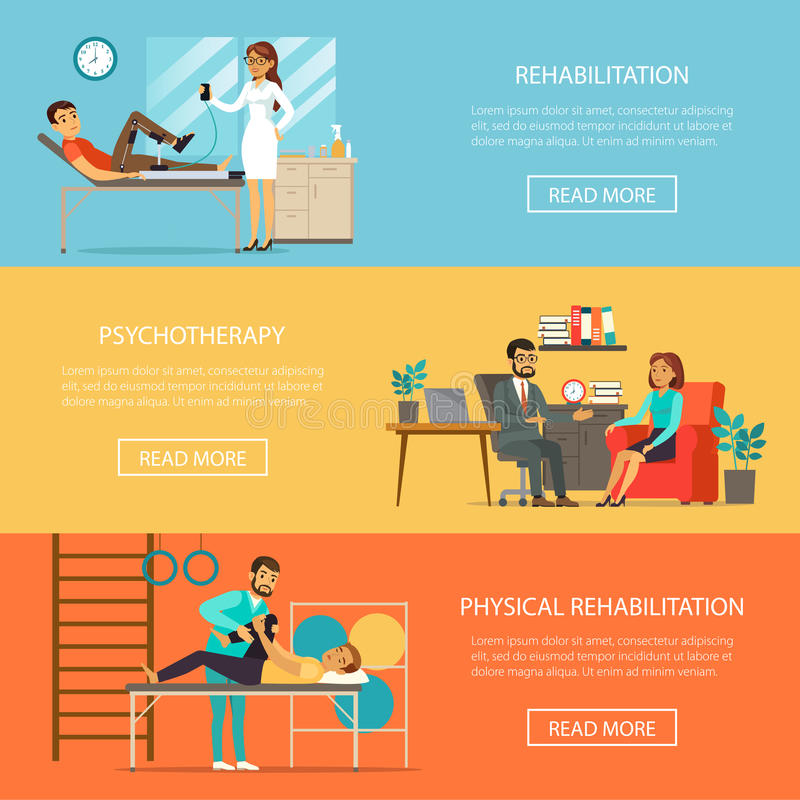Home News

Focused on primary function, the UPMC Rehabilitation Institute at the UPMC Mercy Pavilion addresses each patient’s goal to get them independently up forward and moving. Physicians and researchers in this field strive to maximize function for the patients with neurologic conditions, musculoskeletal conditions, stroke, pain management, spinal cord injuries, brain injuries and other challenges.
“These conditions can be acquired or be something that someone is born with,” says Dr. Gwendolyn Sowa, director of the UPMC Rehabilitation Institute.
The Pavilion's close-knit team of researchers and clinicians ensures that patients have access to cutting-edge methods and technology that are leading the way in patient care. By working collaboratively, the team gains a deeper understanding of the effectiveness of these approaches, ultimately enhancing patient outcomes.
“The more we bring people together, the more we can do things differently and do things outside the box,” Sowa says.
The Pavilion's rehabilitation research is mainly focused on cutting-edge technologies like Brain Computer Interfaces (BCIs) and peripheral interfaces, which aims to restore motor and sensory function in the body. These advanced techniques operate by recording and decoding signals that are then interpreted by a computer, ultimately repairing neural pathways that have been impacted by injury or disease.
“It’s using both brain-signaling pathways as well as more peripheral pathways,” Sowa says. “It’s really exciting work.”
Incorporating novel technologies, such as artificial intelligence and machine learning, into new protocols provides the best patient care, Sowa explains. And using data that is “at our fingertips” creates true precision medicine.
“(We’re) developing the hands-on technology that we need, but it’s also using technological infrastructure — like information in an electronic medical record or an individual biological profile — to create new models of care, new ways of making decisions and ways that we can make sure that we’re personalizing the approach we take to each and every patient.”
“This new facility is making sure that the translation of new information, new research findings, new technology is seamless between the researchers that are developing it and the patients who need it,” says Sowa.
Patients at the Pavilion play active roles in influencing research design and helping researchers learn more about the methods that are most applicable to those with physical and cognitive impairments.
Sowa explains that clinicians and scientists utilize a collaborative and evidence-based approach, known as "team science," to address the complex problems that span over various fields. This enables them to gain diverse perspectives & develop innovative solutions. Laboratories are seamlessly integrated with clinical spaces, which serves as a powerful motivator for both research participants and patients. Through this approach, they are able to find answers and develop solutions to address common and intricate rehabilitation issues.
“Every encounter with someone that has any kind of impairment or disability is completely unique,” she says.